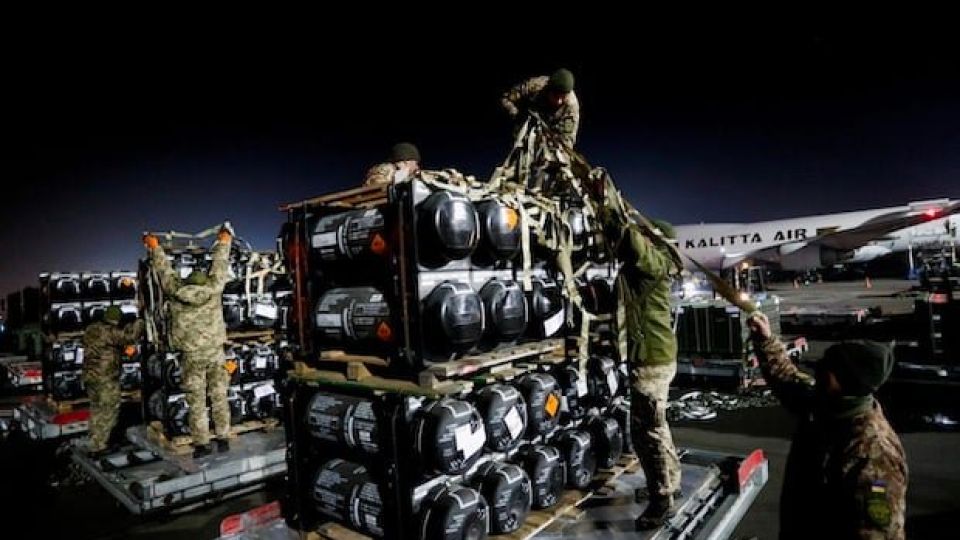March 20, 2023
MANILA — The United States Army will launch Javelin missiles — widely considered as a symbol of Ukraine’s defense against Russia — for the first time in the Philippines as part of live-fire drills in the ongoing Exercise Salaknib with its local counterparts.
So far no other details on the tests to be conducted on March 31 were provided by the Philippine Army. But this year’s “Salaknib” (Ilocano for shield), a major exercise between the Philippine Army and US Army Pacific (Usarpac) since its launching in 2014, is the largest ever, with 3,000 participating troops from both sides.
On March 15, Army soldiers from eight units took part in a subject matter expert exchange (SMEE) by the 2nd Brigade Combat Team of the US Army at Fort Magsaysay in Nueva Ecija province. This year’s SMEE is a lecture-demonstration on the operation of Javelin missiles.
The Army units which joined that training are the 1st Brigade Combat Team, Special Forces Regiment (Airborne), First Scout Ranger Regiment, Light Reaction Regiment, 5th Infantry Division, 7th Infantry Division, Armor Division, and the PA Anti-Armor Capability Technical Working Group of the Training and Doctrine Command.
“The Javelin SMEE bolsters the Philippine Army’s modernization and capability development thrusts as it gradually shifts from internal security to territorial defense operations,” the Army said in a statement.
Supplied to Kyiv
Javelin is a US-made portable antitank-guided missile system with an effective range of 2.5 kilometers. It is a joint venture of arms manufacturers Raytheon and Lockheed Martin.
The missiles were among the weapons Washington has supplied to Kyiv in its continuing defense against Moscow, which is now more than a year into its invasion of Ukraine.
Army chief Lt. Gen. Romeo Brawner Jr. said earlier the Salaknib exercise will focus on the “defense of the archipelago” against “foreign aggressors,” applying lessons learned from the invasion of Ukraine.
Salaknib, which is held in two phases across northern Luzon, is a prelude to this year’s Balikatan exercise scheduled in April.
It is the biggest joint army exercise yet between the Philippines and the United States — with Japan joining for the first time as observer.
‘Conflict scenario’
The Army’s shift in its defense focus comes amid China’s increasing assertiveness in the South China Sea and the threat of Beijing’s invasion confronting Taipei.
Last month, President Marcos told Japanese media that it was “very hard to imagine a scenario where the Philippines will not somehow get involved” in a possible Taiwan conflict as the country’s closest neighbor in the north.
The tension between China and Taiwan and the conflict in Ukraine were among the topics discussed in a conference in Taguig City by senior leaders of the Army. The event held on March 16 and 17 was also attended by Army unit commanders and key senior officers.
Brig. Gen. Jeffrey A. VanAntwerp, deputy commander for operations of Usarpac’s 25th Infantry Division, delivered a lecture titled “Taiwan Conflict Scenario: Prospects and Implications to Philippine Defense Posture.”
Retired Armed Forces chief Emmanuel Bautista spoke about “Exploring the Limits of Multi-Domain Operations: Small Armies’ Lessons from the Ukraine War.”
Other activities carried out as part of Salaknib include lectures and practical exercises on casualty and medical evacuation, lectures on counter-small unmanned aerial systems, and live-fire exercises of lightweight towed howitzers.


